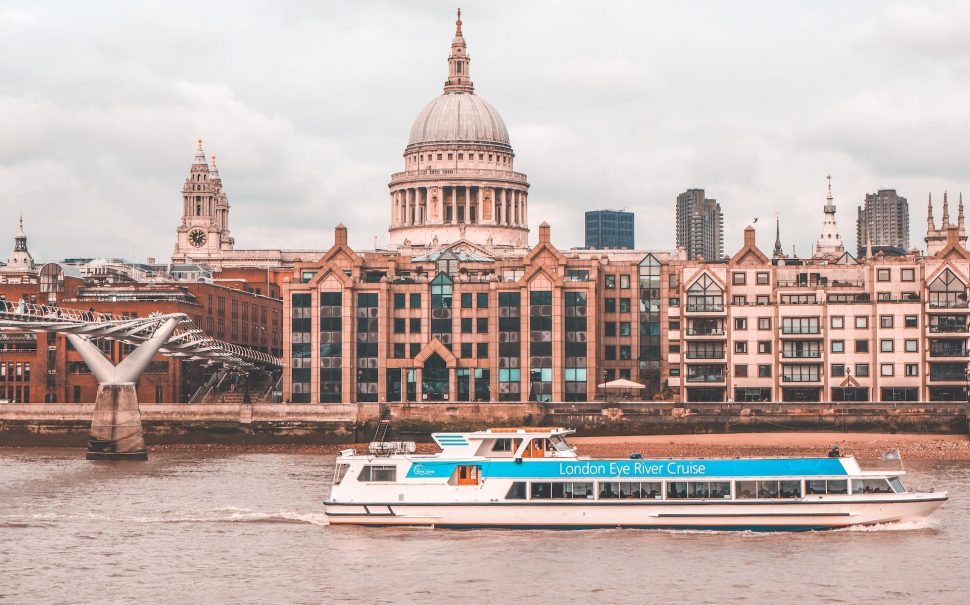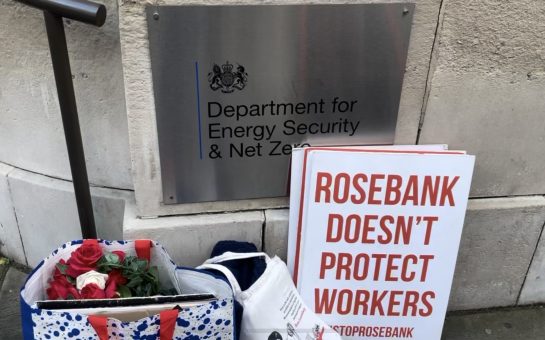Thanks to customer support and recent wet weather, Thames Water, which supplies 15 million people, is lifting the hosepipe ban it imposed in the summer.
When it announced the ban on August 24th, it was said that levels in its reservoirs were much lower than usual.
The recent weather, which has included above-average rainfall, has meant that river and reservoir levels have started to improve.
Storage levels across the region, including Farmoor, which supplies approximately 480,000 customers across Oxfordshire and Wiltshire, have seen water levels return to near-normal levels of 87%.
This heavy rainfall, coupled with a reduction in water demand during the ban, has helped to keep taps flowing.
Chief executive of Thames Water, Sarah Bentley, said they were grateful to all their customers for their support in saving water during the hosepipe ban, but advised people to move forward with caution, as “we’re not out of the woods yet.”
As human beings we are used to rules and regulations.
Bans on things like taking drugs and smoking indoors are familiar, just like playing in online casinos or drinking alcohol under the age of 18.
But a ban on water use is rather unusual. However, after the driest July in 50 years and the driest first half of the year since 1976, a drought was officially declared, and water companies were left with no other choice other than to impose a hosepipe ban across the UK.
It wasn’t just the UK which saw a drought, the dry weather was seen all around the world.
Europe saw its worst drought in 500 years during the summer of 2022, where a combination of record-breaking temperatures and low rainfall caused rivers to dry, wildfires to rage and crop failures to compound already high food prices.
Elsewhere, sections of the Yangtze – China’s longest river – reached their lowest level since at least 1865, and Australia has been battered by droughts, heatwaves and fires over the last decades.
Many experts are attributing climate change as the root cause to this extreme weather the world is seeing.
Thames Water has stated that lifting the ban wasn’t an easy decision, as despite the recent rain, we still need to protect future water supply.
Some sites across west London still have below average water levels, leading the water company to adopt a cautious approach and continuously monitor the situation.
More rain will be needed over the winter months to ensure the rivers and reservoirs are fully recharged, and ready for spring and summer next year.
Thames Water isn’t the only company lifting the ban.
Southern Water also recently lifted its three-month hosepipe ban for millions of homes and gardens in Hampshire and the Isle of Wight.
However, South East Water, which serves large parts of Kent and Sussex, have stated that their ban would remain in place for now, but this is subject to change.
For now, Thames Water customers are being urged to continue using less water at home.
Small changes can make a huge difference when it comes to preserving water, according to the company, and they have many water saving tips to help customers do this.
From taking shorter showers and turning off taps when washing up and brushing teeth to only using appliances like dishwashers and washing machines when they’re fully loaded.
Going forward, many experts are predicting we will continue to see unprecedented levels of drought as the years go on.
A report by the UN suggests that by 2050, droughts could affect more than 75% of the world’s population, with as many as 5.7 billion people possibly living in areas with water shortages for at least one month of the year.
While for some it is a relief that this ban has been lifted, it may not be the last hosepipe ban we see.
But, hopefully, the water saving tips will become ingrained in our everyday routines, allowing everyone to play their part in trying to preserve one of our most precious resources.





